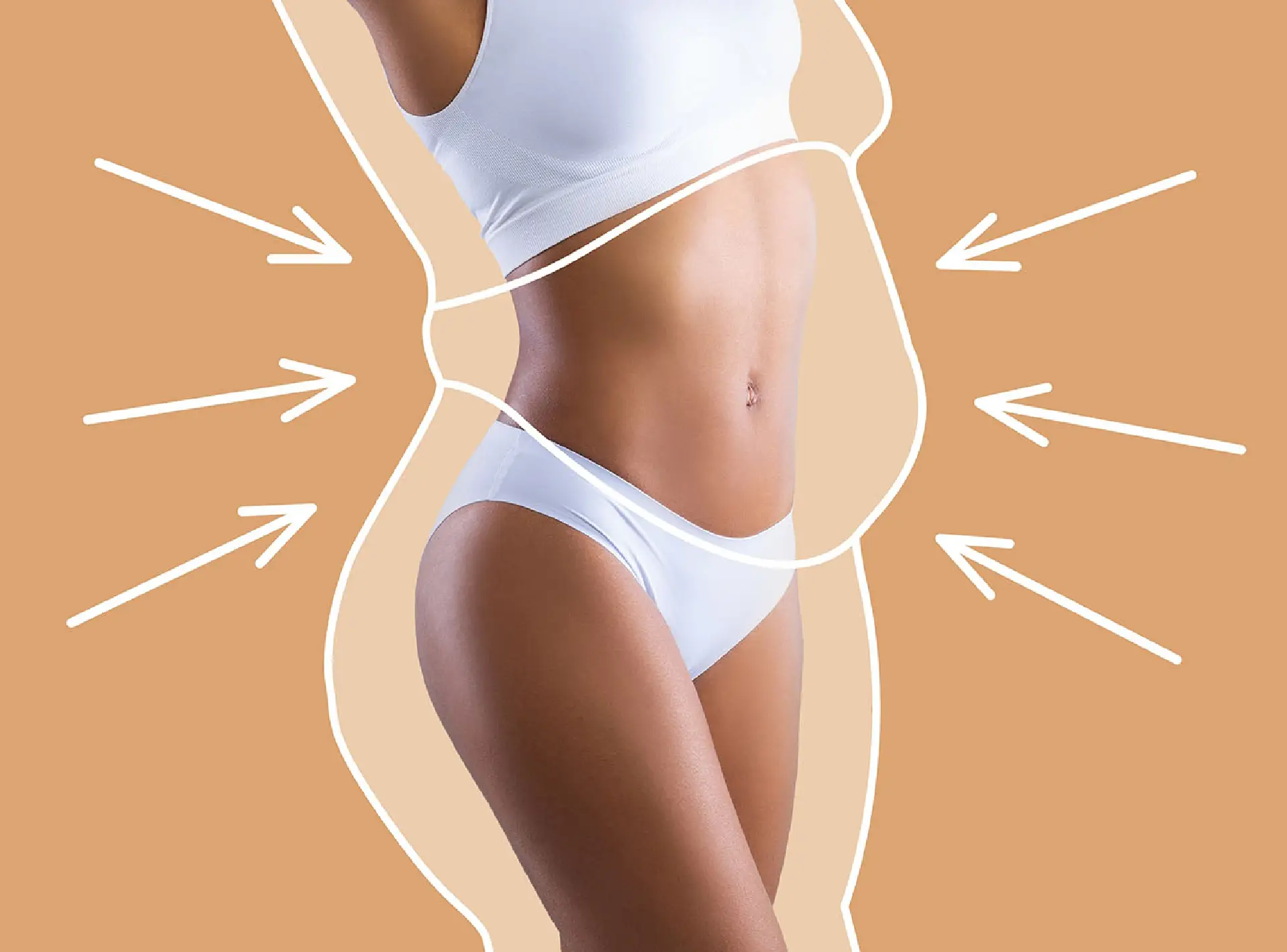Did you know liposuction is the second most popular cosmetic surgery procedure? In 2024, surgeons performed over 1,600,000 liposuction procedures in the United States, so you’re not alone if you’re thinking about having one.
While Liposuction in Dubai is relatively safe and can effectively remove stubborn fat pockets from the body, it is still a surgical procedure that necessitates care and attention for a full recovery. Knowing what to expect after surgery can make the recovery process much easier.
A Few Considerations
First, Nothing is more important than meeting with a board-certified plastic surgeon. A personalized consultation will allow an experienced surgeon to provide you with a more concrete estimate of how well liposuction will work for you and what kind of recovery you can expect.
Second, you should be aware that everyone’s recovery process is unique. Age, overall health, and prior medical history are all factors that influence how quickly you recover. It’s critical to let your body heal at its own pace.
Finally, before undergoing liposuction, you should have realistic expectations. It can be extremely transformative when used to help achieve specific aesthetic goals, but discussing your goals with a reputable, board-certified plastic surgeon will help you understand how feasible liposuction is for achieving those goals.
BOOK AN APPOINTMENT TODAY
The Recovery Process
This is usually an outpatient procedure, so you can go home the same day; however, if you are having a large amount of fat removed, you may need to stay in the hospital overnight for observation.
Whether or not you need to stay overnight, you will need someone to drive you home once you are cleared to leave. You will be sore and likely experiencing residual effects from the anesthesia or pain medication, making it unsafe to drive.
The First Three Days
Your surgeon will have given you a compression garment or elastic bandages to wrap around the affected areas. It’s critical to wear these consistently because they help to reduce swelling and shape your body to its new form.
You may also have small drains installed at surgical sites. These prevent fluid from accumulating around the incisions, which can slow healing. If you have these drains, your surgeon will explain how to care for them and how long you will have them.
You can expect moderate pain and soreness in the early days of recovery. Your surgeon will have given you pain medication to help you manage your discomfort, so stick to your medication schedule.
You should also plan on limiting your activities during this time. Your compression garments may limit your movements, but it is also important to avoid unnecessary activity whenever possible. It is recommended that you seek assistance around the house during these few days, particularly if you have young children.
Weeks 1-2
After the first few days of complete rest and moderate pain, you should notice a significant reduction in pain and soreness in the week or two following your procedure. Many people can return to work after three weeks, but if your job is particularly physical or demanding, you may want to take more time off to recover fully.
You will still need to wear your compression garments during this time.
Weeks 3-5
Patients usually stop feeling pain or soreness after about a month. You may still see swelling, which is normal. Swelling can take months to subside. At this point, you should start to see some visible results. Remember that your results will improve as the swelling and bruising heal.
After about five weeks, most people can resume light exercise, but heavy or strenuous activity should be avoided.
Week 6 And Beyond
The majority of bruising and swelling should have subsided by five weeks, but some people experience persistent swelling for longer periods of time.
You will most likely no longer require compression garments at this point, and your activity levels will be unrestricted unless otherwise directed by your doctor.
By this point, you should be able to see the full extent of your liposuction results.
MEET THE EXPERT DOCTOR
Recovery Tips
You should not attempt to hasten your recovery, but there are some things you can do to aid your body’s natural healing process.
Eat Well
Even if you’re in good health, surgery is physically demanding. Good nutrition is essential for proper healing. Because you are unlikely to want to cook before your surgery, you can prepare healthy meals ahead of time. Eat nutritiously and on a regular basis.
Include a variety of fresh fruits and vegetables in your diet to aid recovery and reduce inflammation.
Stay Hydrated
Drink plenty of broth and water after the procedure. Hydration is an essential component of a successful recovery. If you want to change things up, try infusing your water with fresh fruit.
Rest Up
Taking it easy and getting plenty of sleep in the first few weeks after surgery are the most effective ways to help your body heal.
Take A Walk
While exercise is not recommended during recovery, light movement can help your body heal faster. If you’re feeling up to it, going for short walks is a great way to get moving without overworking your body.
Ask For Help
When possible, ask a friend or family member to assist you with tasks such as cleaning, caring for small children, or running errands. You will most likely be unable to pick up your children for several weeks following surgery, and running a full schedule of errands will exhaust you.
Liposuction Is A Great Confidence Booster
Liposuction can change many people’s lives. It can help you gain confidence and be more satisfied with your appearance. Knowing what to expect during the recovery process can help you make an informed decision to have liposuction and enjoy your journey to a slimmer, more contoured body.
Activity Guidelines
Resting is essential after liposuction: It takes time for your body to heal. It’s easy to get tired, especially in the beginning. Pay attention to your body. Take a break if you’re tired. Getting enough sleep helps your body heal and lowers swelling.
Rest Period
Follow your doctor’s advice on rest duration: In general, patients should try to do as little as possible for at least two week. This time gives the body a chance to adjust and start healing properly.
Gradual Movement
As soon as you’re ready, get going. Start by taking slow, easy walks around your house. Going for short walks can help your blood flow. Better circulation speeds up the healing process and lowers the risk of problems like blood clots.
Aim to go for walks of 10 to 15 minutes several times a day. As you get used to it, slowly increase the distance. It also helps the fluids leave the treated area when you walk. This step can help you get better faster.
Avoid Strenuous Activities
During the first few days of recovery, don’t do anything too hard. Biking or jogging, which have a lot of impact, can put stress on your body. You should also wait to lift weights until your doctor says it’s okay.
Most of the time, doctors say you should wait at least six to seven weeks before doing these things again. Recovery is different for each person, so follow your doctor’s instructions.
Monitoring Results
Track your progress as you get better. Keep track of any changes that happen in the area that was treated. It is normal to swell and bruise, but they should go away over time. If you have any strange symptoms, you should call your doctor right away.
Having follow-up appointments on a regular basis will help you keep an eye on your recovery. At these check-ups, tests can be done to see how well you’re healing.
Returning To Work
Going back to work depends on the type of job you have and how you feel. If their job doesn’t require them to move around much, many patients can go back to work within a week. People whose jobs are hard on the body, on the other hand, may need more time off.
During follow-up visits, talk to your doctor about your job. They can give you specific advice based on how well you are recovering and your overall health.
Safety Precautions
While you’re healing from liposuction, safety is very important. Do exactly what you’re told to do for after surgery. Wearing compression clothing as your doctor tells you to is part of this.
These clothes support the treated areas and help reduce swelling. Do not put the area in harsh conditions or direct sunlight until it is fully healed.
Best Plastic Surgeon In Dubai For Liposuction
Best Plastic Surgeon in Dubai for liposuction is Perfect Doctors Clinic, which provides precise fat removal treatments to sculpt and redefine body contours. Their skilled surgeons use advanced techniques and modern technology to ensure safe procedures, natural-looking results, and faster recovery times. Patients see long-term results, increased confidence, and a more balanced physique.
Liposuction is a surgical procedure that removes stubborn fat deposits from specific areas of the body, most commonly the abdomen, thighs, arms, and hips. Recovery from liposuction is a critical phase that typically includes swelling, bruising, and the use of compression garments to aid healing. Most patients can return to light activities within a few days, but full recovery and final results may take several weeks. Following your surgeon’s aftercare instructions is critical for getting safe, smooth, and long-lasting results.
















































